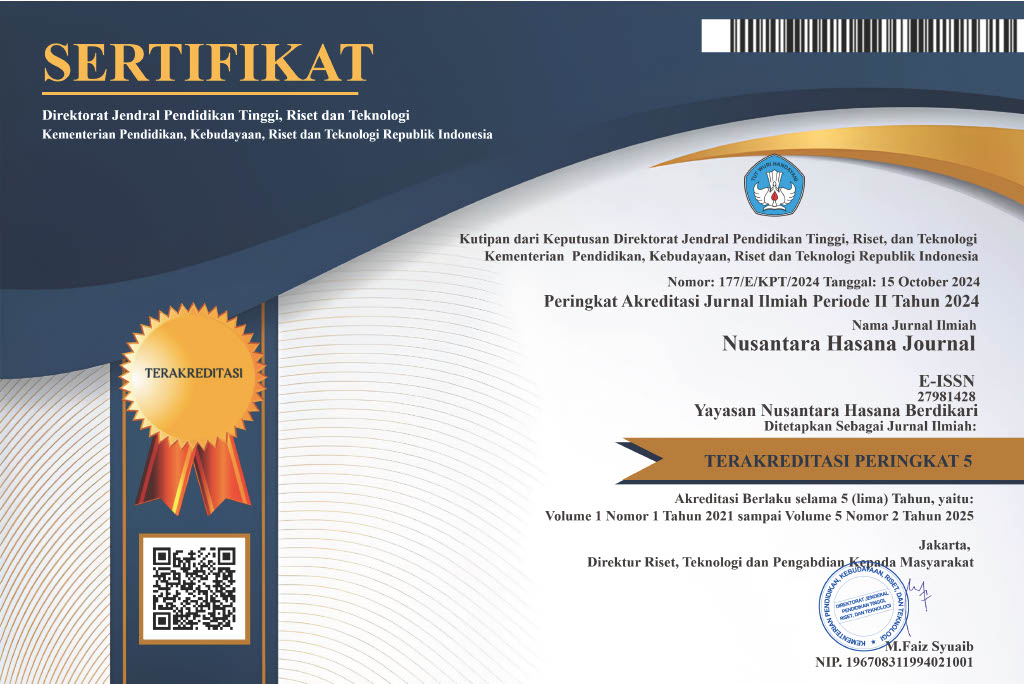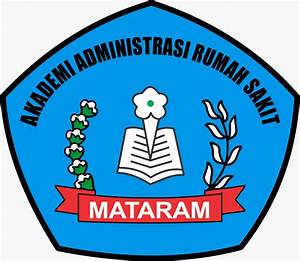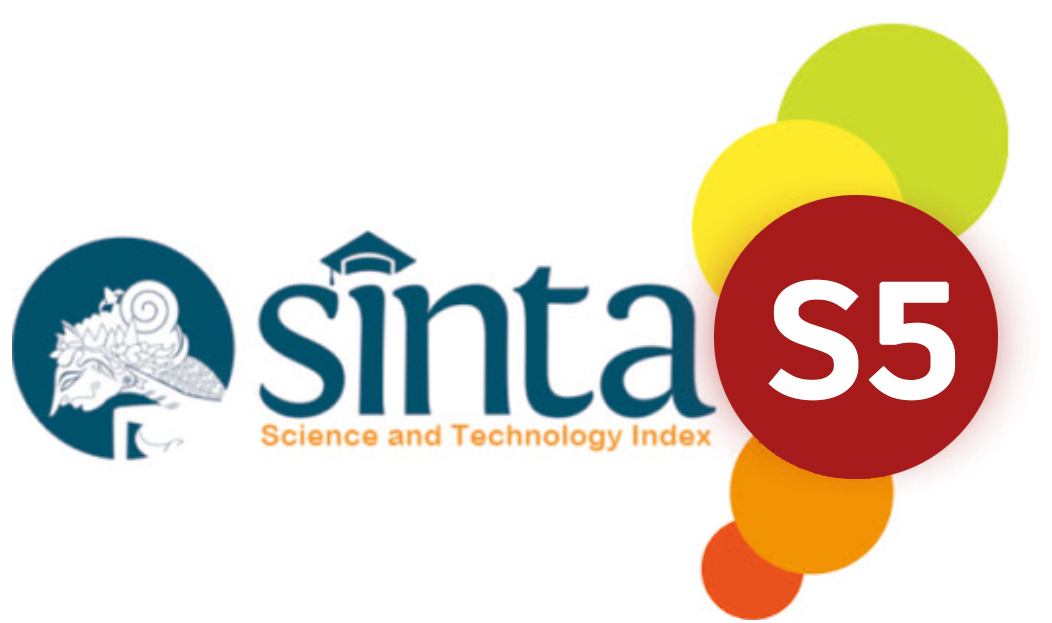ANALISIS SKALA PRIORITAS PENANGANAN UJI KELAIKAN FUNGSI JALAN DITINJAU DARI ASPEK TEKNIS PENDEKATAN KUANTITATIF ANALYTIC HIERARCHY PROCESS (STUDI KASUS: JALAN LINTAS SUMATERA TANJAKAN TARAHAN)
DOI:
https://doi.org/10.59003/nhj.v5i1.1494Keywords:
Road Function Feasibility (LFJ), Analytic Hierarchy Process (AHP), Sumatra Cross Road, Tarahan SlopeAbstract
The rapid population growth in Bandar Lampung has led to an increase in vehicle ownership, which necessitates the provision of adequate road infrastructure and facilities. According to the Regulation of the Minister of Public Works No. 11/PRT/M/2010 concerning Guidelines and Requirements for Road Function Feasibility, road functionality is classified into three categories: Feasible (LF), Conditionally Feasible (LS), and Not Feasible (TLF). To determine the appropriate category of road functionality, the Analytic Hierarchy Process (AHP) method is employed. AHP is a decision support model involving selected respondents who are knowledgeable about the assessed road segment and the criteria for road feasibility. The respondents in this study include representatives from road authorities (Ministry of Public Works and Housing), traffic authorities (Indonesian National Police), transportation agencies (Ministry of Transportation), as well as members of the public, students, and academics. Based on the analysis, the AHP-LFJ score for the Kalianda–Tarahan road segment is 0.696 (approximately 69%), which corresponds to the category of Conditionally Feasible (LS) according to the AHP-LFJ classification thresholds: LF (100%), LS (0.99–0.67), LT (0.66–0.33), and TLF (≤0.32). Roads categorized as Conditionally Feasible (LS) meet part of the technical requirements and are still considered safe for road users.Downloads
References
Al Ardi, F. S. 2013. Uji Laik Fungsi Jalan Ditinjau Dari Aspek Teknis Pada Jalan Imam Bonjol -Jalan Teuku Umar Kabupaten Jember. Skripsi. Fakultas Teknik. Universitas Jember. Jember.
Alfrianto, R. 2014. Analisis Kelaikan Fungsi Jalan Secara Teknis Dengan Metode Kuantitatif (Studi Kasus : Ruas Jalan Nasional Batas Kota Sanggau-Sekadau, Kalimantan Barat). Tugas Akhir. Fakultas Teknik. Universitas Gadjah Mada. Yogyakarta.
Direktorat Jenderal Bina Marga. 2004. Perencanaan Median Jalan (Pd.T-172004-B). Kementerian Pekerjaan Umum RI. Jakarta.
Direktorat Jenderal Bina Marga. 2012. Petunjuk Teknis Pelaksanaan Laik FungsiJalan. Kementerian Pekerjaan Umum RI. Jakarta.
Direktorat Jenderal Bina Marga. 1997. Tata Cara Perencanaan Geometri Jalan Antar Kota (No. 038/TBM/1997). Kementerian Pekerjaan Umum RI. Jakarta.
Peraturan Menteri Pekerjaan Umum No. 20/PRT/M/2010 tentang Pedoman Pemanfaatan Dan Penggunaan Bagian-Bagian Jalan. Kementerian Pekerjaan Umum. Jakarta.
Peraturan Menteri Pekerjaan Umum No. 19/PRT/M/2011 tentang Persyaratan Teknis Jalan dan Kriteria Perencanaan Teknis Jalan. Kementerian Pekerjaan Umum. Jakarta.
Peraturan Menteri Pekerjaan Umum No. 11/PRT/M/2010 tentang Tata Cara danPersyaratan Laik Fungsi Jalan. Kementerian Pekerjaan Umum. Jakarta.Peraturan Pemerintah No. 34 tahun 2006 tentang Jalan. Sekretariat Negara Republik Indonesia. Jakarta.
Hamzan Lutfi (2014). Monitoring dan Evaluasi Kondisi Jalan Untuk Menentukan Laik Fungsi Teknis Jalan Nasional Muntilan-Salam. Tugas Akhir. Universitas Islam Indonesia,Yogyakarta
Rifki Alfiarianti (2014). Analisis Kelaikan Fungsi Jalan Secara Teknis Dengan Metode Kuantitatif (Ruas Jalan Nasional Batas Kota Sanggau-Sekadau, Kalimantan Batar). Tugas Akhir. Jurusan Teknik Sipil dan Lingkungan Fakultas Teknik Universitas Gadjah mada, Yogyakarta.
Downloads
Published
How to Cite
Issue
Section
License
Copyright (c) 2025 Bernaditha Catur Marina

This work is licensed under a Creative Commons Attribution-NonCommercial-ShareAlike 4.0 International License.
NHJ is licensed under a Creative Commons Attribution-NonCommercial-ShareAlike 4.0 International License.
Articles in this journal are Open Access articles published under the Creative Commons CC BY-NC-SA License This license permits use, distribution and reproduction in any medium for non-commercial purposes only, provided the original work and source is properly cited.
Any derivative of the original must be distributed under the same license as the original.
























